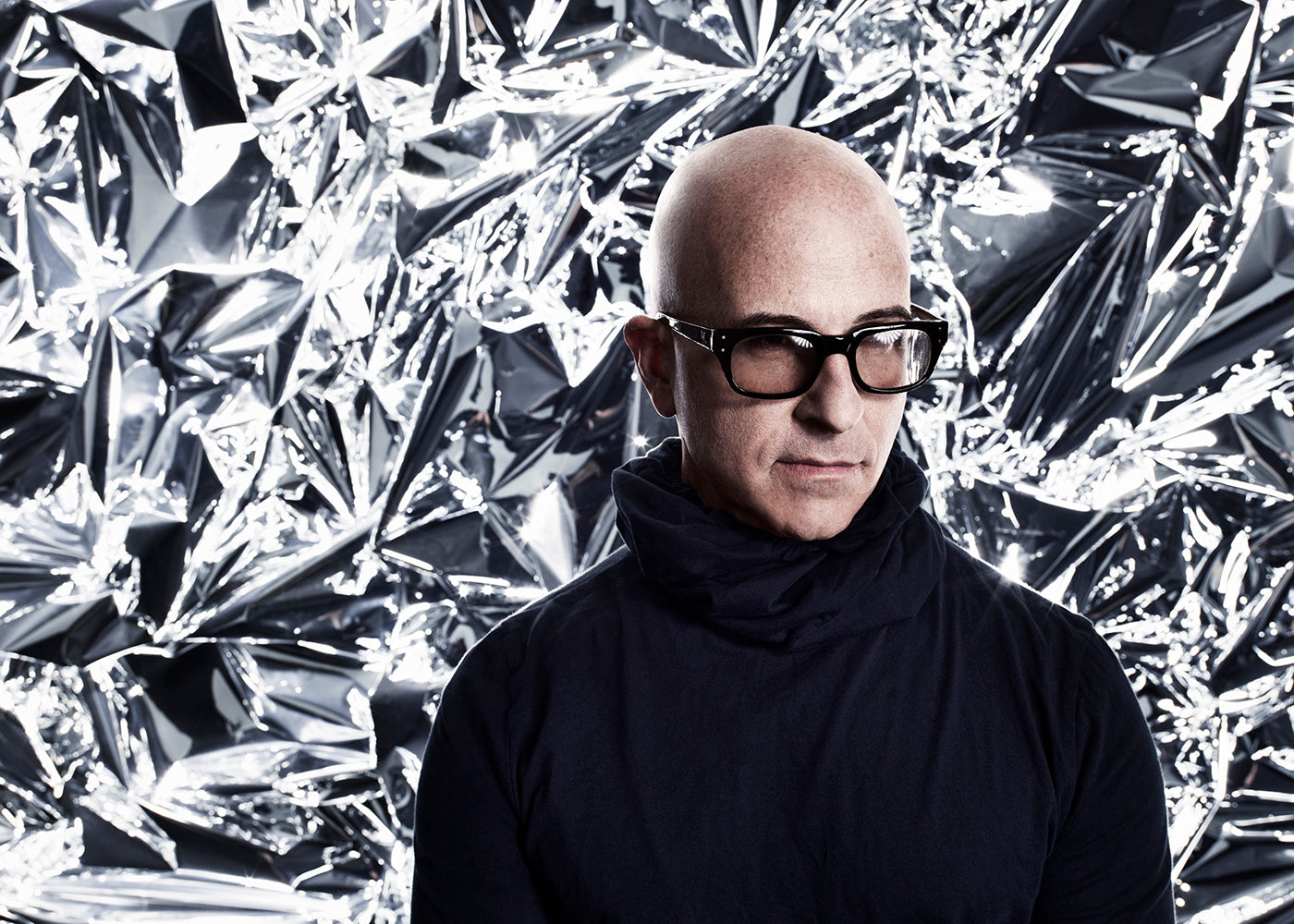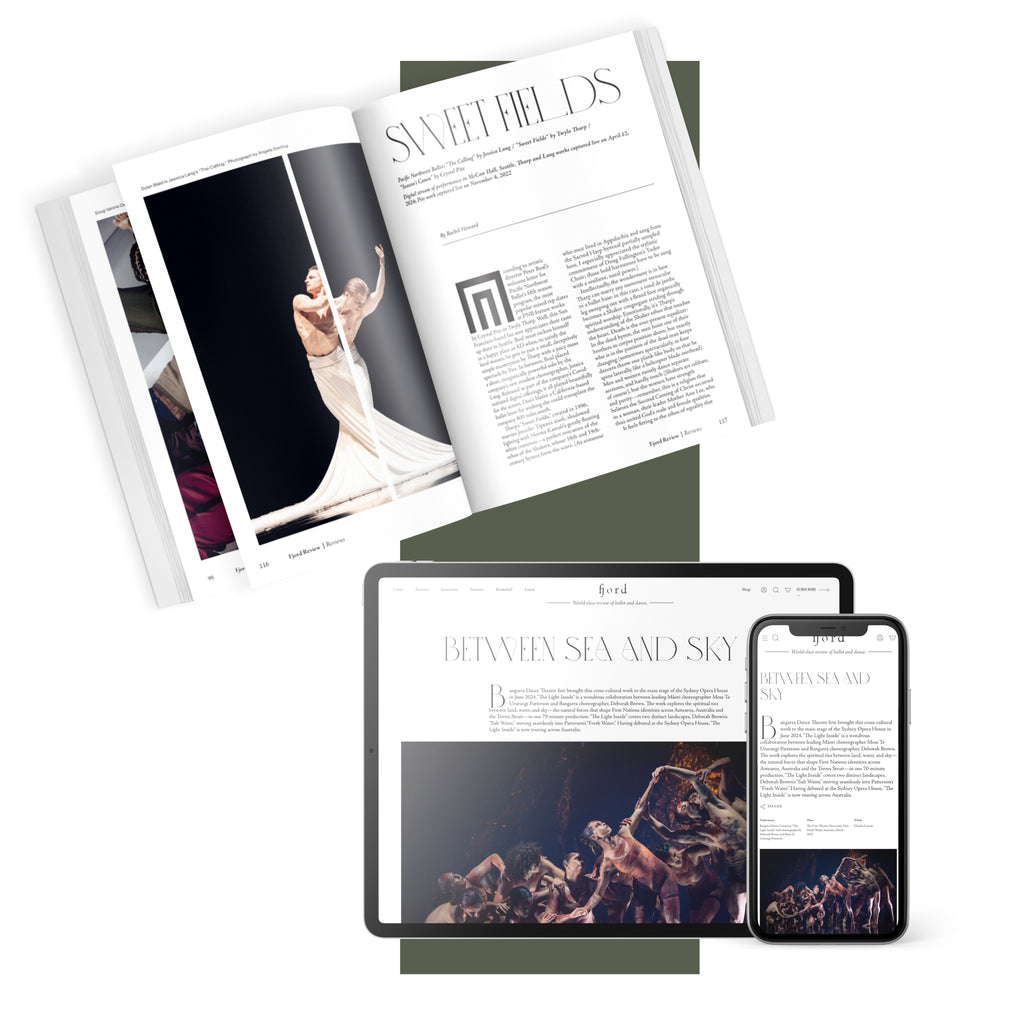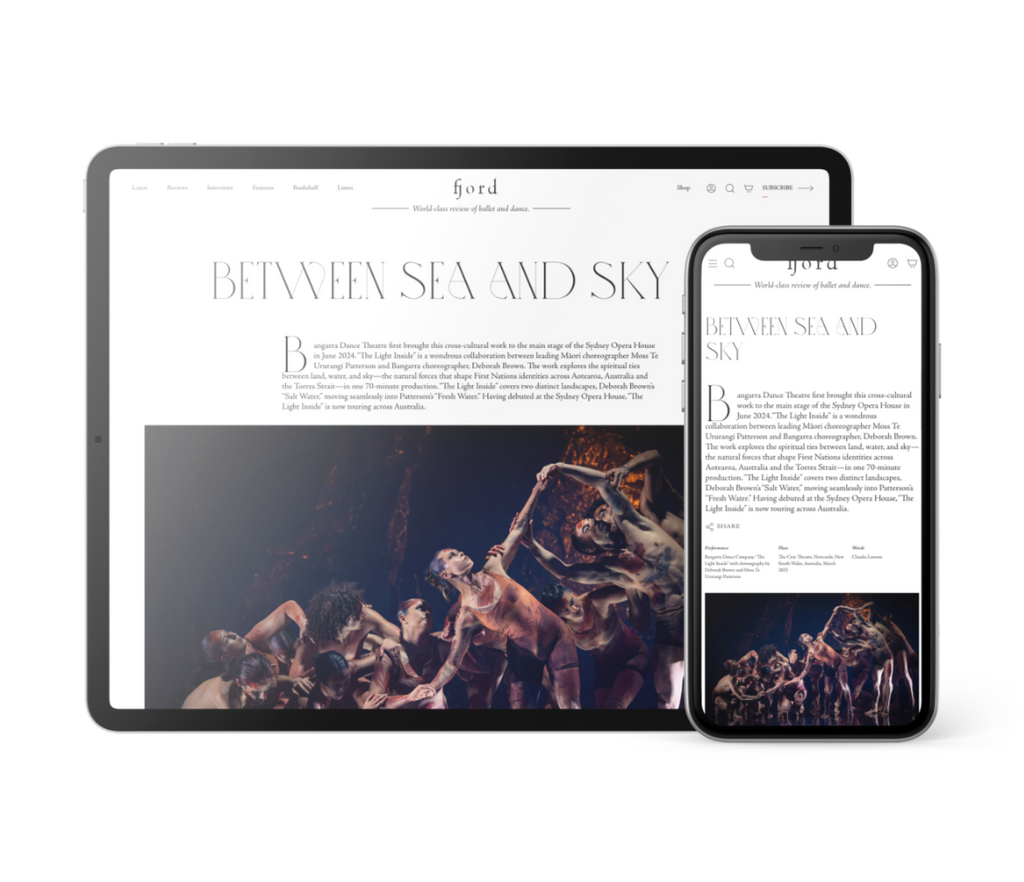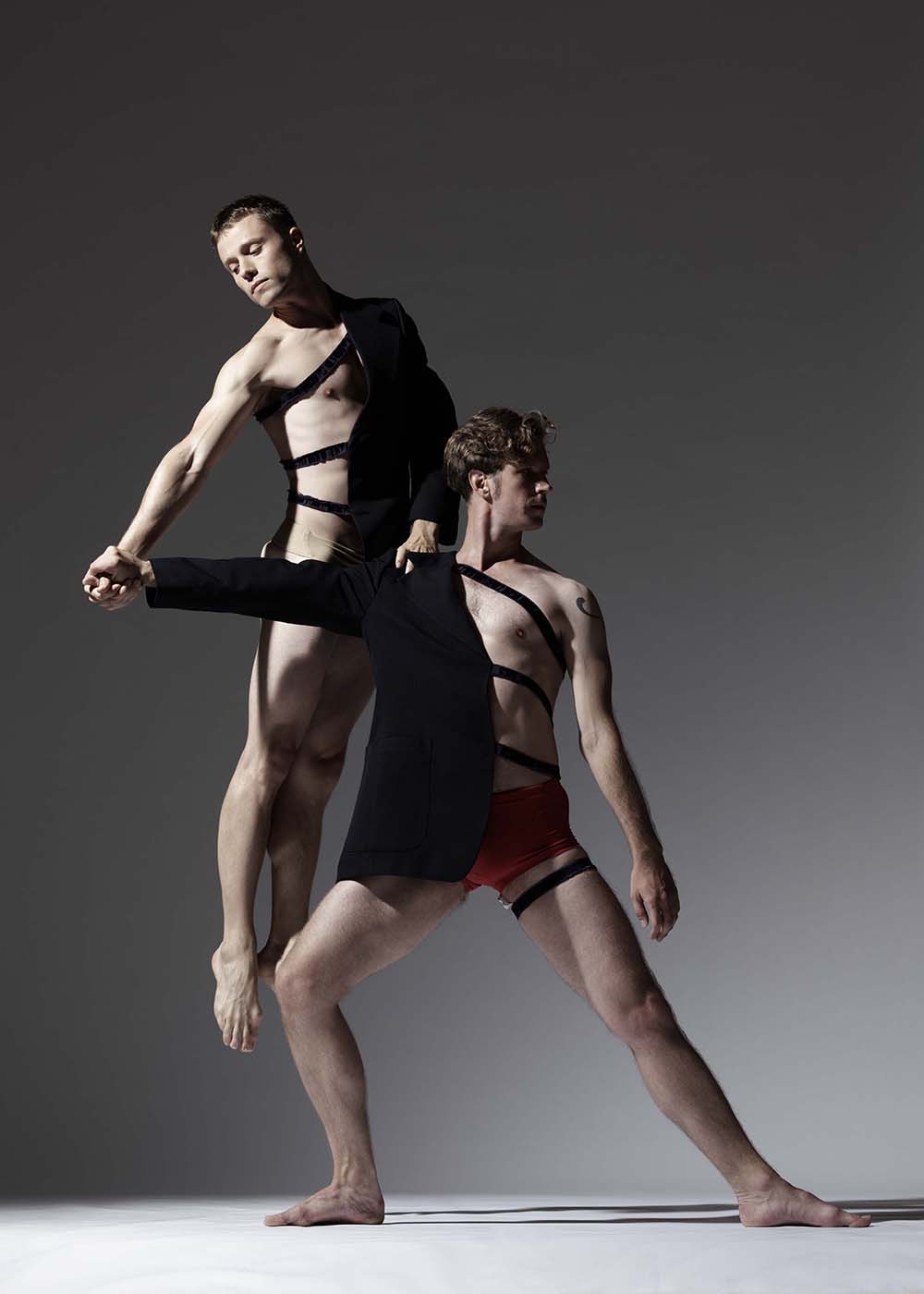The Music Within
Cleveland native Dianne McIntrye received a hometown hero's welcome during her curtain speech prior to her eponymous dance group thrilling the audience in her latest work, “In the Same Tongue.”
Continua a leggere
World-class review of ballet and dance.
Stephen Petronio has an odd way of celebrating his 40th anniversary. He and his board have decided this season will be the company’s last. “A lot of our funding sources dried up at the end of pandemic,” he says. “A lot came at us during the pandemic, and when it was over money started going to places that weren’t Stephen Petronio. It got drastic very quickly.” As part of the closure, the organization also sold the Petronio Residency Center, in the Catskill Mountains, that since 2017 has provided rare and essential space for dance artists to create.



“Uncommonly intelligent, substantial coverage.”
Your weekly source for world-class dance reviews, interviews, articles, and more.
Already a paid subscriber? Login

Cleveland native Dianne McIntrye received a hometown hero's welcome during her curtain speech prior to her eponymous dance group thrilling the audience in her latest work, “In the Same Tongue.”
Continua a leggereA man, much to his wife’s chagrin, has a nasty little habit: at night, he turns into a bat and flies out of their marital bed to partake in all kinds of infidelities.
Continua a leggereThe Japan Society continued its Yukio Mishima Centennial Series with a newly commissioned dance work titled “The Seven Bridges (Hashi-zukushi)” based on Yukio Mishima’s short story by that name originally published in 1956.
Continua a leggereLondon is a changed city this week. The cold front has come, and daylight hours have plummeted. The city is rammed with tourists, buskers, and shoppers.
Continua a leggere
comments